On July 17, 2021, the Shanghai Planetarium, the largest planetarium in the world, opened its doors. Alexander Brandt, the founder of Xenario, is the chief designer of the exhibition plan. The Shanghai Planetarium has three thematic areas: "Home", "Universe" and "Journey", with more than 300 exhibits, of which 85% are original and more than 50% are interactive. The unique architectural design, exquisite exhibits, and a planning and design team that is good at "storytelling" have refreshed the way the public opens the beauty of the universe.
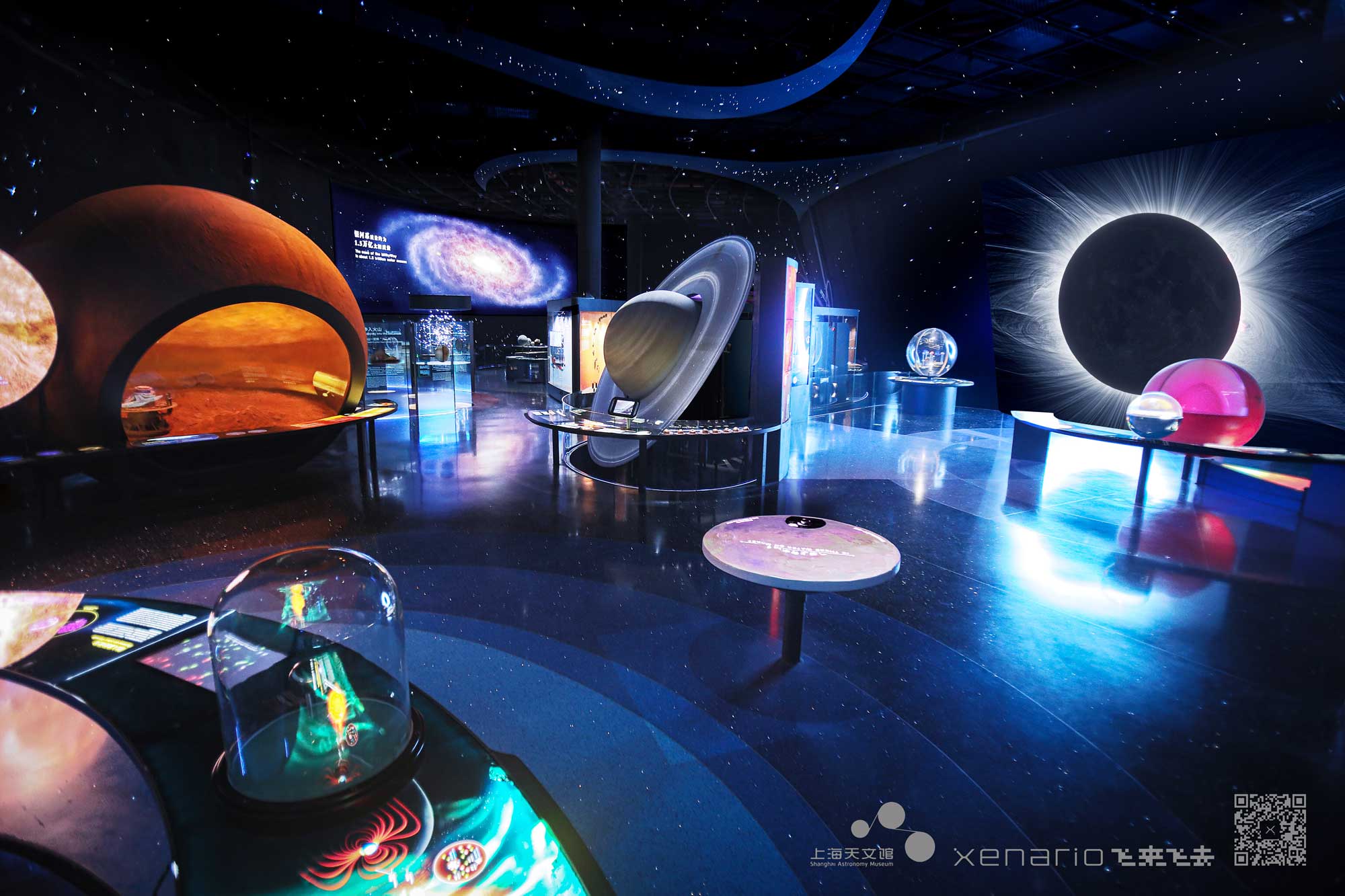
With the design concept of "we are not writing a textbook, we are creating an experience", the Shanghai Planetarium has created three thematic exhibition areas, "Home", "Universe" and "Journey", as well as special exhibition areas such as "Astronomy in China", "Curious Planet" and "Voyage to Mars", and 8K ultra-high definition multi-functional dome theater, Star News Club, Wang Shu Observatory, Xihe Sun Tower and Star Exploration Camp, to present a panoramic view of the vastness of the universe, create a multi-sensory exploration journey, and help visitors shape a complete view of the universe.
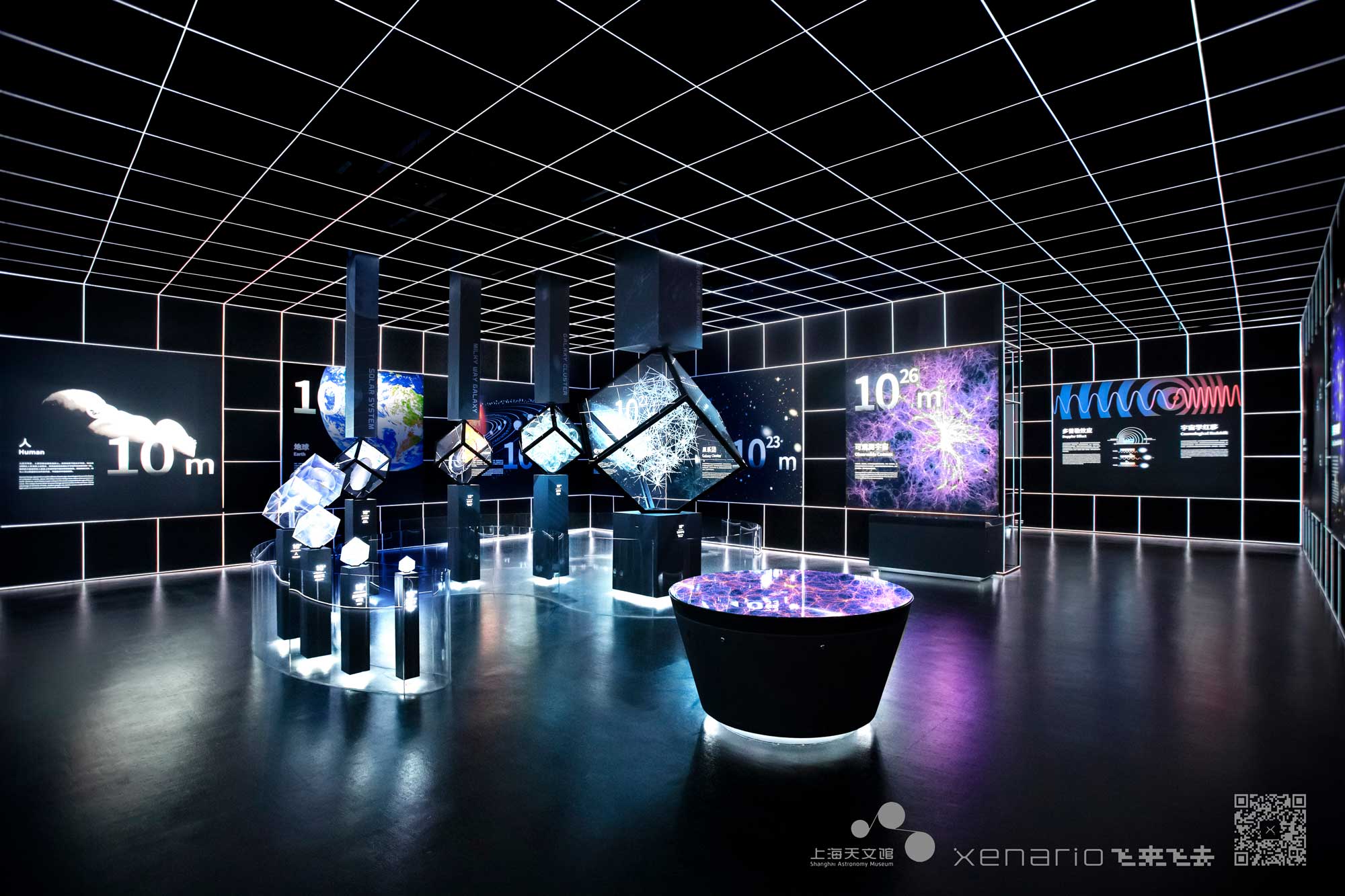
The whole museum uses elaborate environmental atmosphere, lighting and sound effects and high simulation scene simulation means to build an immersive cosmic space experience environment; it adopts various advanced display means such as physical interaction, data visualization, AR, VR, biometrics, etc., integrating sight, sound and touch, fully mobilizing the audience's emotions and senses, leading them to a new cosmic exploration experience in a mysterious and beautiful space-time context.
Home
When visitors enter the exhibition area, they will be immediately struck by a mysterious atmosphere of starry sky. The whole exhibition area is covered under a starry sky, and walking into the exhibition area is like walking into a starry space world. Visitors can first understand the connection between the stars and myths and legends, and learn about the myths and legends of various nationalities around the world about the stars. Enter the Hall of Optical Astronomy and encounter a truly enchanting starry sky that you have not seen for a long time, see how the planets orbit in the night sky, and of course, most importantly, don't forget to see how bright the real Milky Way is! Our most familiar Earth, Moon and Sun appear in front of you on a huge scale. The outer layer of the 20-meter diameter planetarium is projected as the shape of the Earth, alternating with a view of the Earth from space and a short film reflecting the Earth's 4.5 billion years of geological evolution; next to the Earth is a giant model of the Moon, whose size is proportional to the "Big Earth" in the same way as the real Earth and the Moon, and whose surface features are based on Chang'e's exploration of the Moon. Next to the Earth is a huge model of the Moon, whose size is proportional to the "Big Earth", and whose surface features are constructed based on real data obtained from Chang'e's exploration of the Moon and other aerospace exploration, with details that are almost true to life; further away, a huge projection screen shows a spectacular scene of the ejection of material from the surface of the Sun taken by a space satellite, bringing the audience a different understanding of the Sun. While enjoying the spectacular scenes, it is also worthwhile to savor the more scientific knowledge of the sun, moon and earth and the interrelationship between the three.
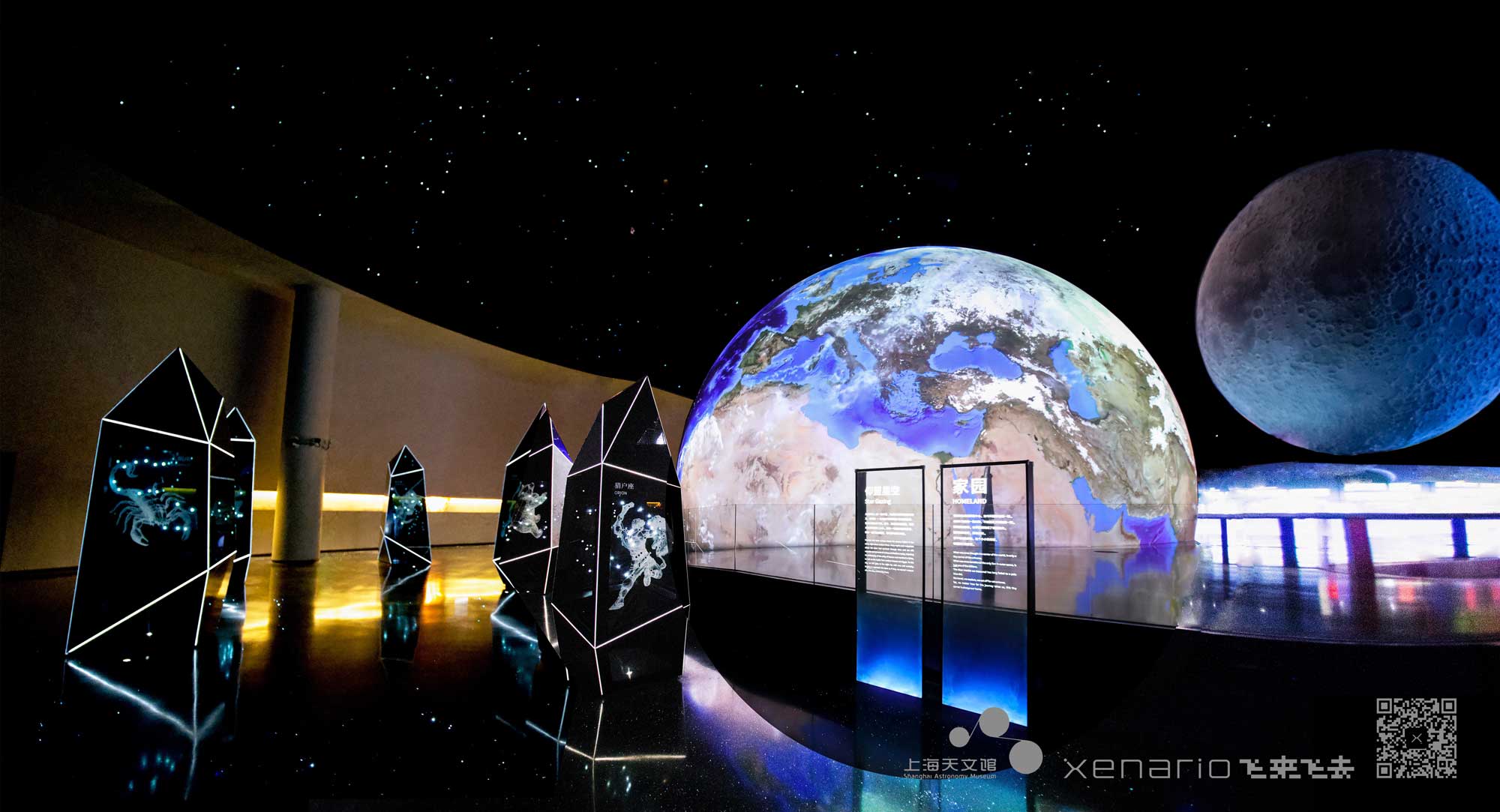
The Earth is our home, the solar system where the Earth is located is our home, and the galaxy where the solar system is located is also our home in a broader sense. The last important exhibit in the Home section is a huge "Milky Way Scroll" projection screen, showing a panoramic bird's eye view of the Milky Way using our latest research results to show the interesting objects in the Milky Way, allowing visitors to visualize where the Sun is located in the galaxy. In front of the Milky Way, there is also an interesting "Neighbors of the Sun" exhibit, which allows visitors to explore the mysteries of the many stellar neighbors within 50 light years of the Sun.
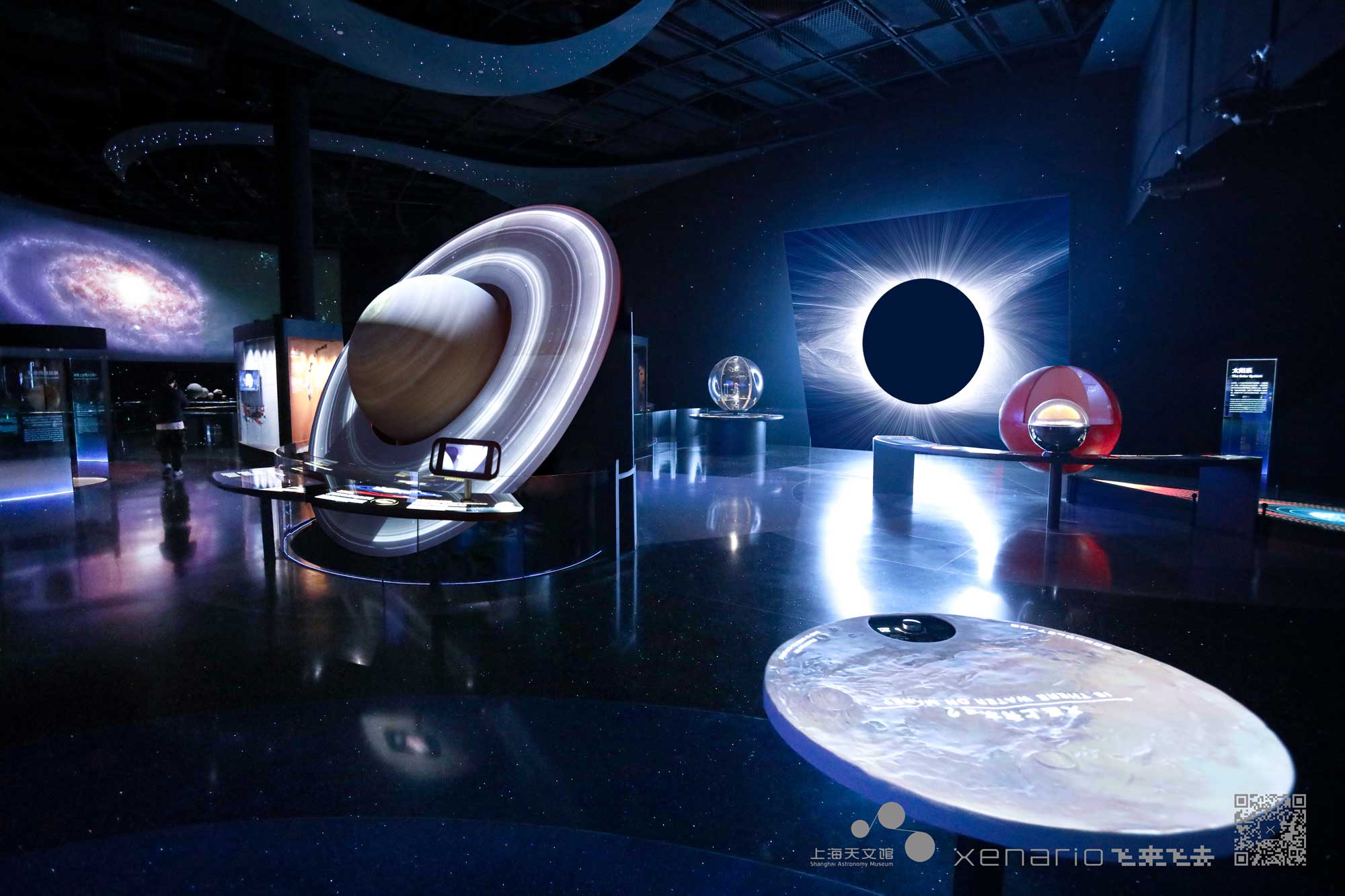
The Universe
This is a multimedia show promenade before the start of the Cosmos exhibit, which builds a sense of a mysterious fluid cosmic magnetic field. As visitors move forward, their figures dance in the magnetic field, and inadvertently a small video will be opened, which, in amazement, will allow clever visitors to peek at the titles of the videos to see what cosmic mysteries will be hidden in the exhibit they are about to enter. At the end of the Star Trek, a scanning beam will lead you to the first exhibit in the "Universe" section - Cosmic Microwave Background Radiation (CMB), which is a mysterious code engraved with the 13.8 billion year old origin of the universe.
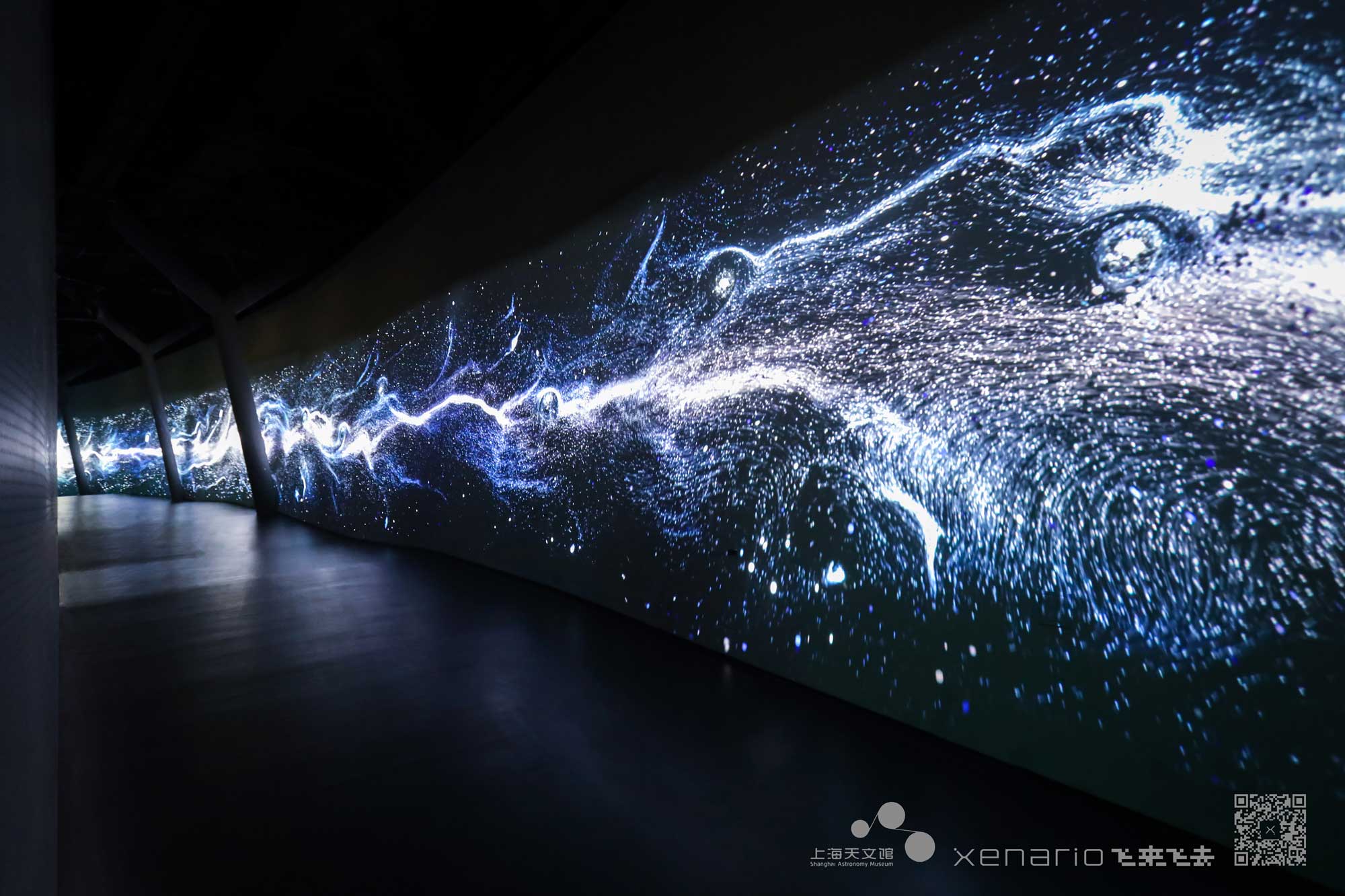
When leaving the "Space and Time" theme area, the audience will suddenly find the space-time bend under their feet, thus entering the "Gravity" theme area, where we will fully explain the most important gravitational force in the universe - gravity is not only related to the tidal phenomena in daily life, but also determines the operation of all celestial bodies, and determines the evolutionary fate of various celestial bodies. -Gravity is not only closely related to the tidal phenomenon in daily life, but also determines the operation of all celestial bodies and the evolutionary fate of various celestial bodies. Visitors will experience the legendary Leaning Tower of Pisa experiment, see the jet stream generated by the accretion of matter in a black hole, watch the possible future collision of the Milky Way and Andromeda galaxy, and learn how the evolution of different sizes of celestial bodies will face different fates.
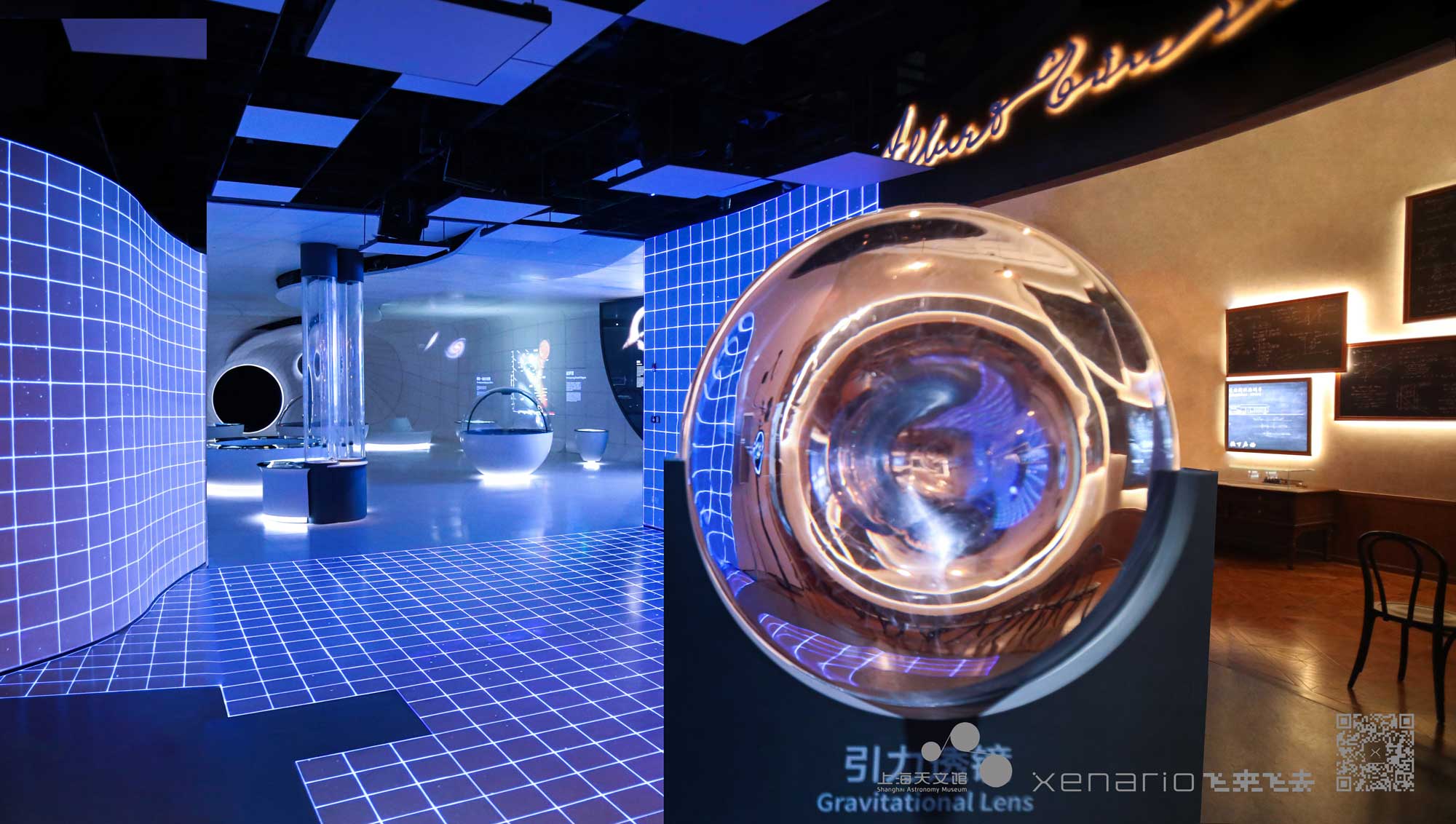

The Journey
In the "Home" and "Universe" exhibition area, we have learned a lot about the vast universe, and we can't help but ask, "How did we get so much knowledge? The theme area named "Star River" will take visitors into the thousands of years of human exploration of the universe, taking the changes in human cosmology as a clue, starting with humans looking up at the sky, traveling through history, "meeting" astronomers of different eras, and experiencing first-hand the human It starts with the change of mankind's view of the universe. This "river of stars" is not only a long river of stars, but also a long river of history composed of scientific stars.
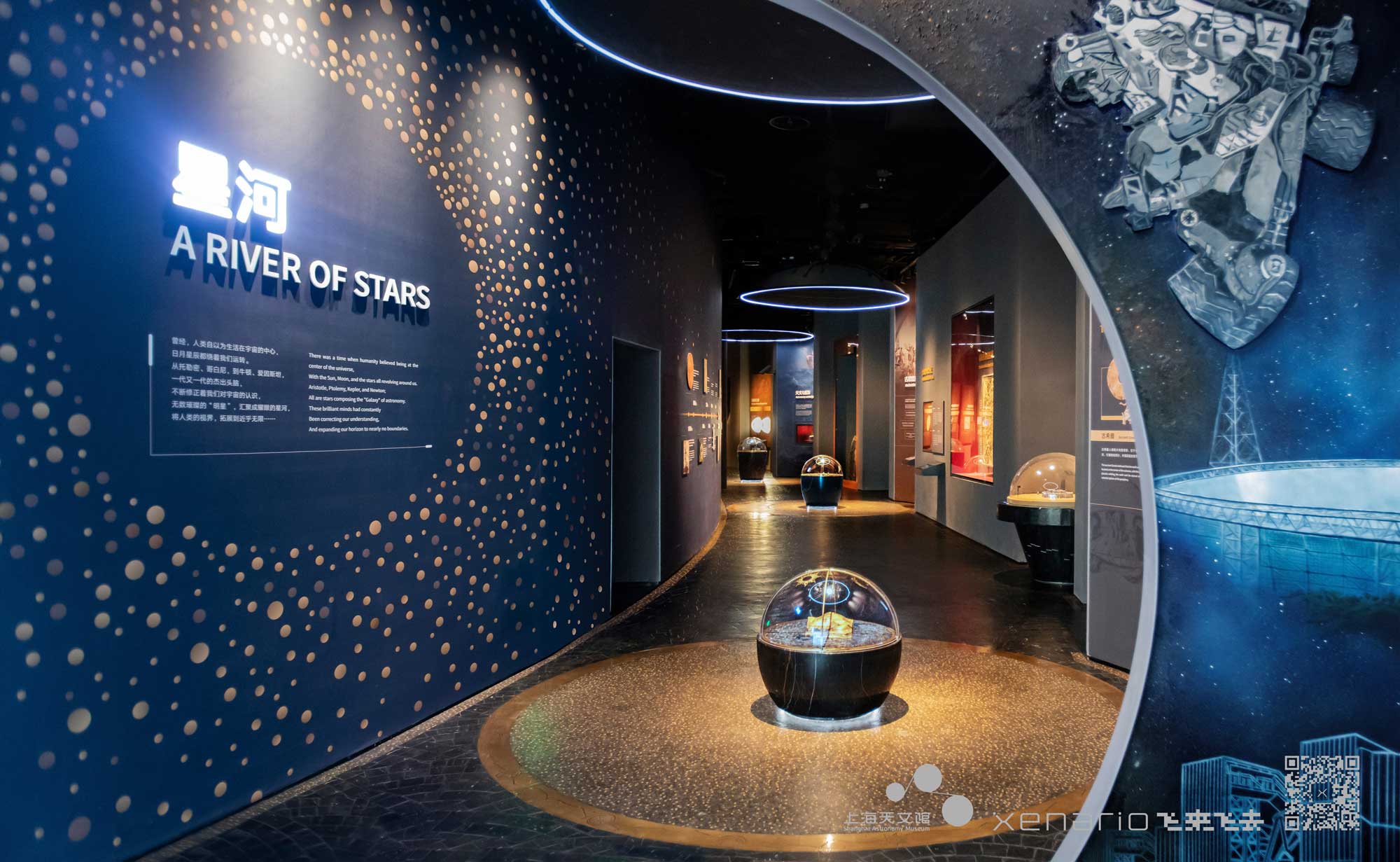
The magnificent scenery leads the audience into the great space age. In the "Flying" theme area, visitors will embrace the world's common dream of flying in the sky and learn about the glorious journey of generations of space pioneers who tried to leave the Earth and go into space. Chang'e Moon Exploration is one of the highlights of the "Flying" theme area, showing the dynamic scenes of Chang'e 5 and Yutu working on the Moon, not only can you enjoy the rise of the Earth from the lunar surface, you can also put on AR glasses to experience the feeling of walking on the Moon.
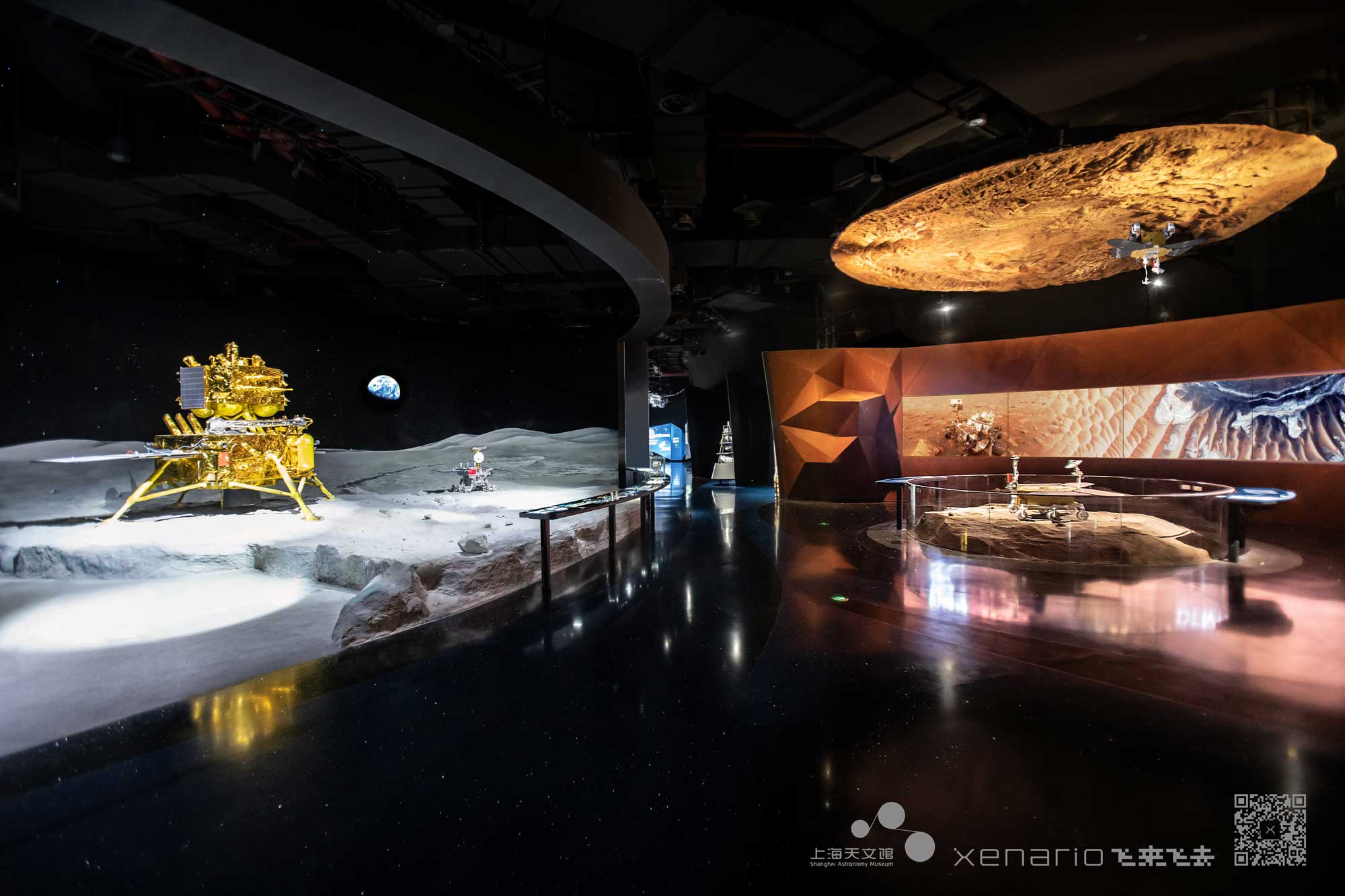
This behemoth is the 1:1 simulation model of the core module of Tianhe, which was successfully launched on April 29, 2021, while the complete overall model of the Tiangong space capsule is hanging overhead to demonstrate the rendezvous and docking with Tianzhou. What is even more attractive is that you can also go into this core capsule to take a realistic look at the scenes of how the astronauts may live and work in space in the future, their living, fitness, bathing, eating, all kinds of curiosity, are waiting for you there.

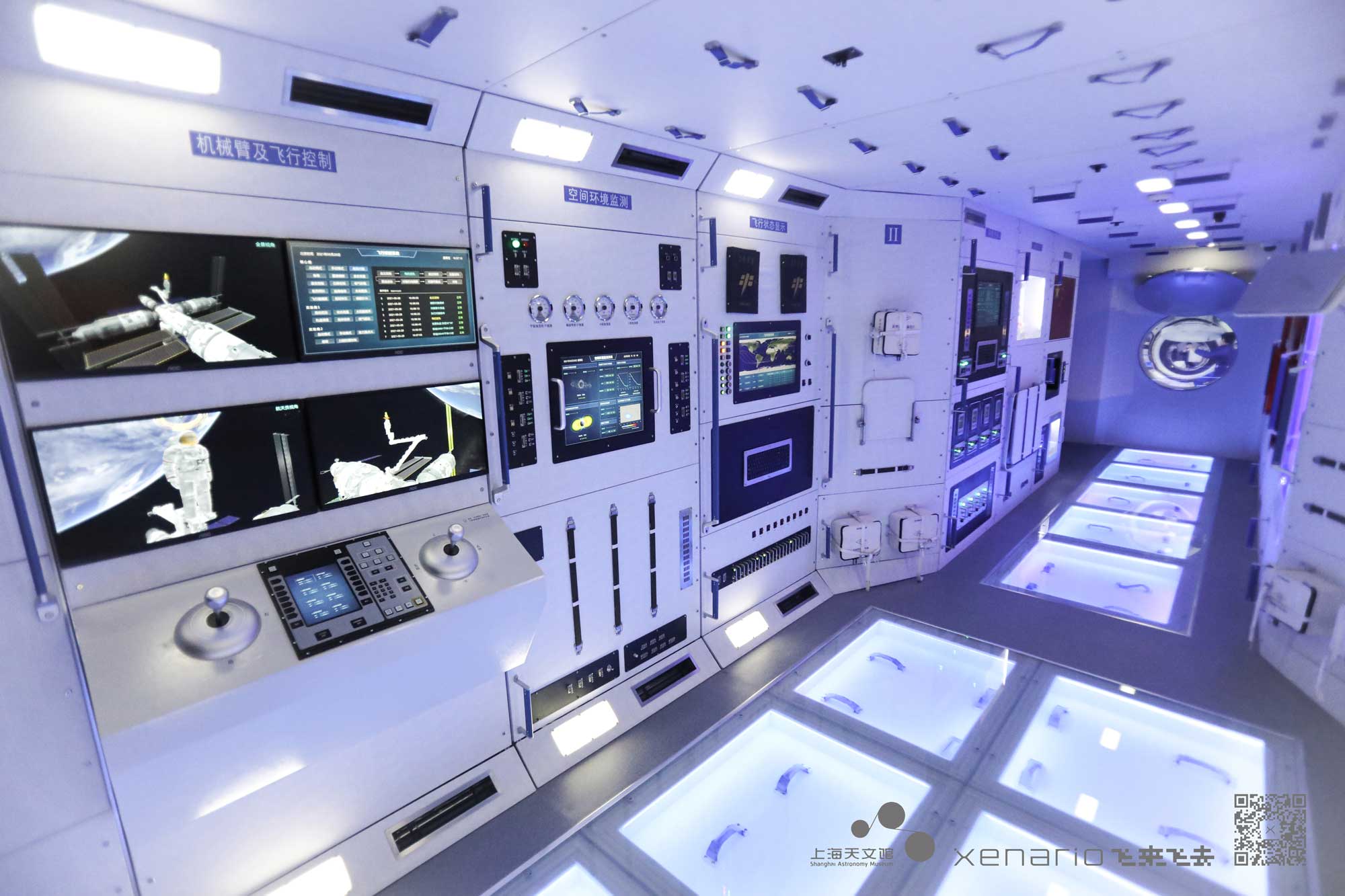
Shanghai Planetarium
Exhibition Planning Chief Design Team: Xenario
Chief Exhibition Designer: Alexander Brandt
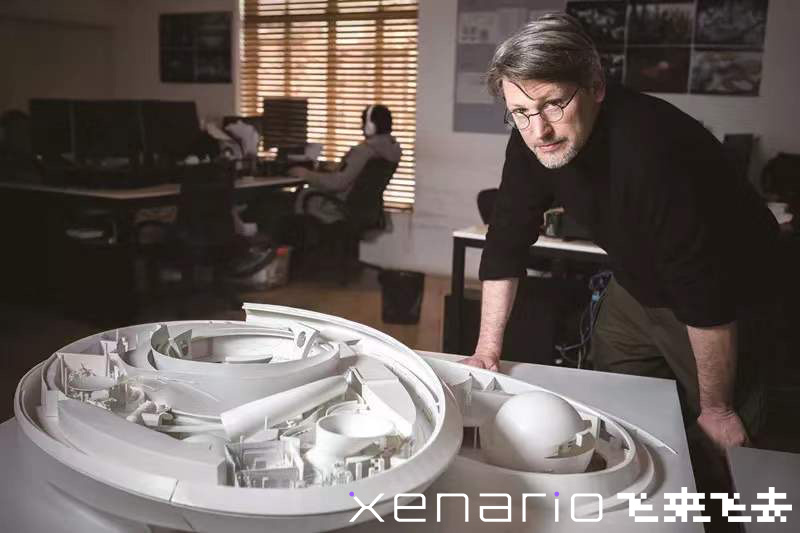
 2025.1.21
2025.1.21 2024.11.22
2024.11.22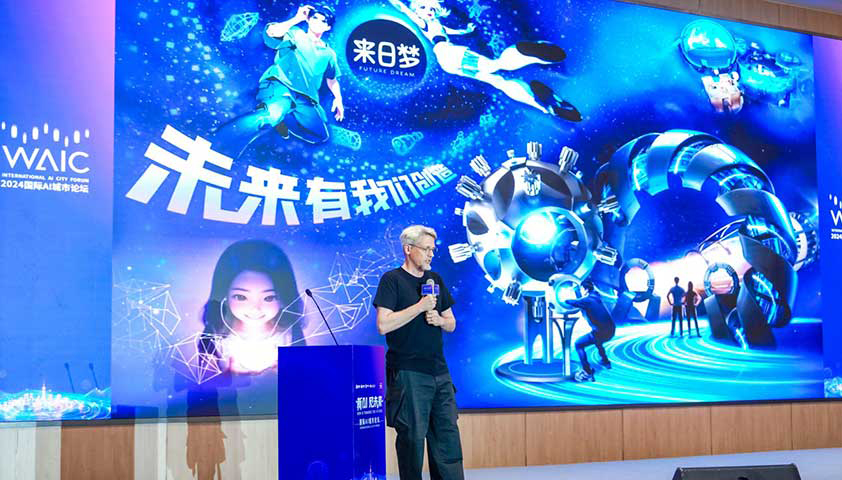 2024.7.13
2024.7.13 2024.4.12
2024.4.12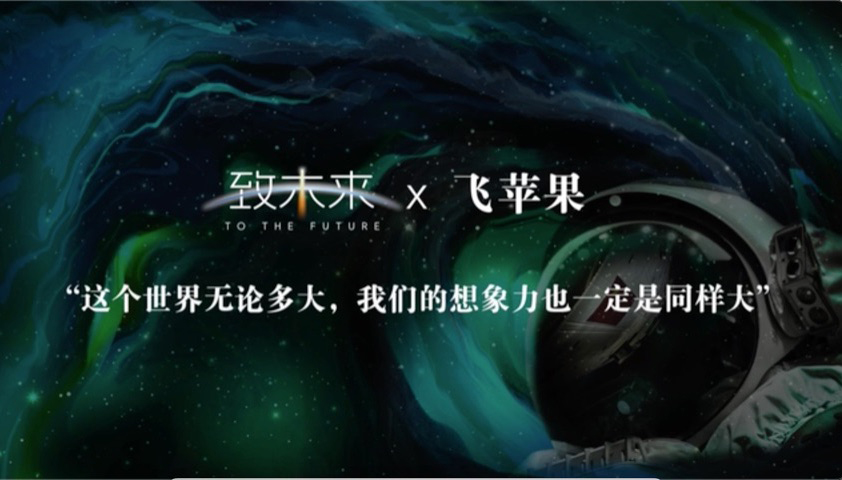 2024.1.4
2024.1.4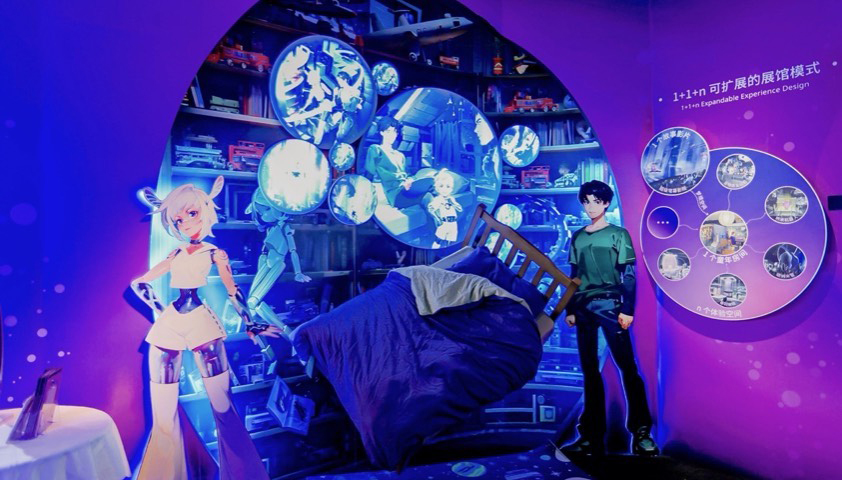 2023.11.7
2023.11.7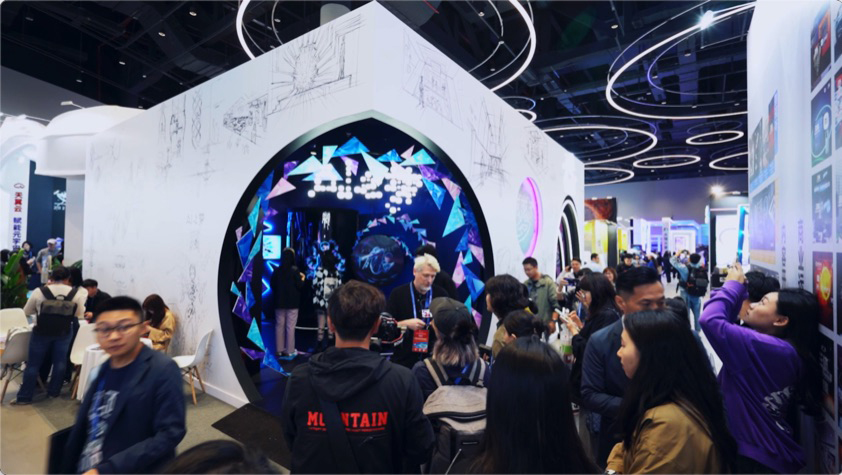 2023.10.21
2023.10.21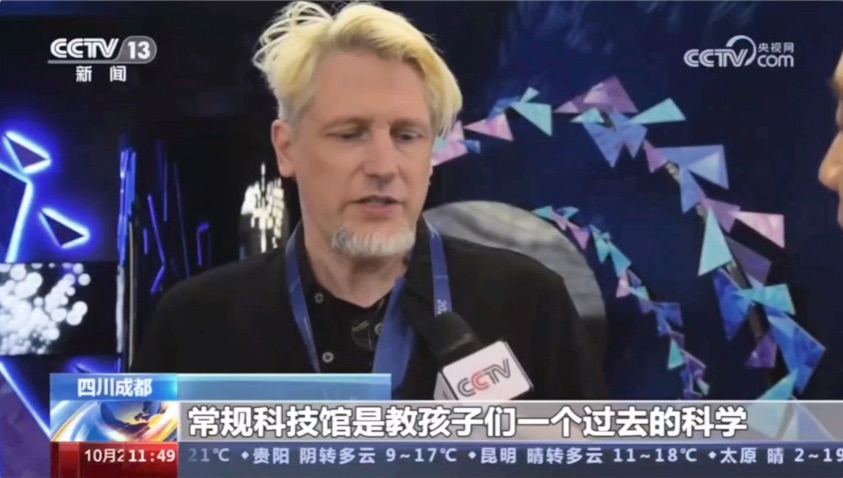 2023.10.23
2023.10.23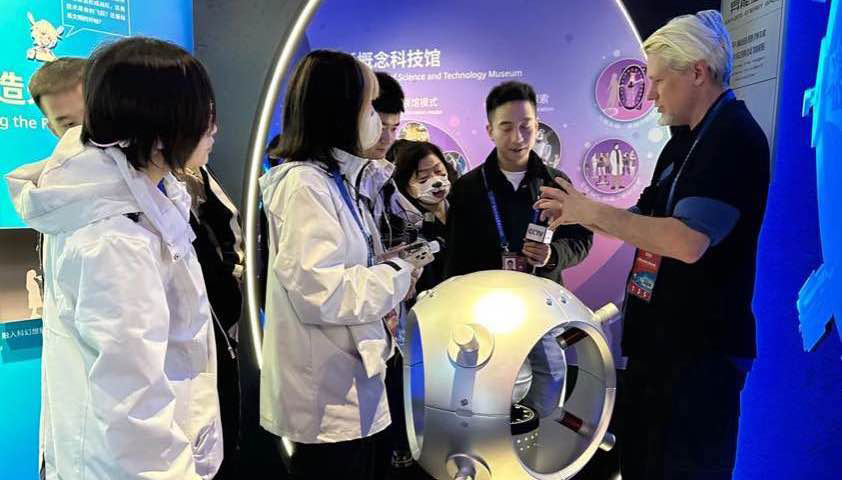 2023.10.19
2023.10.19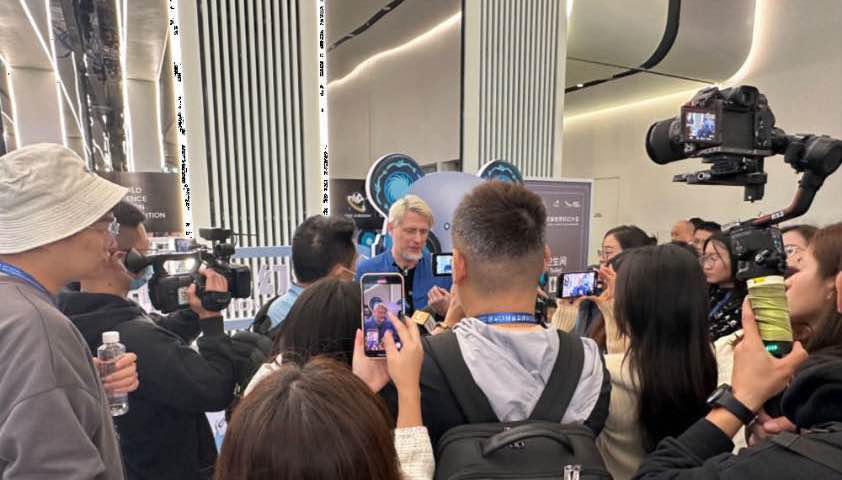 2023.10.18
2023.10.18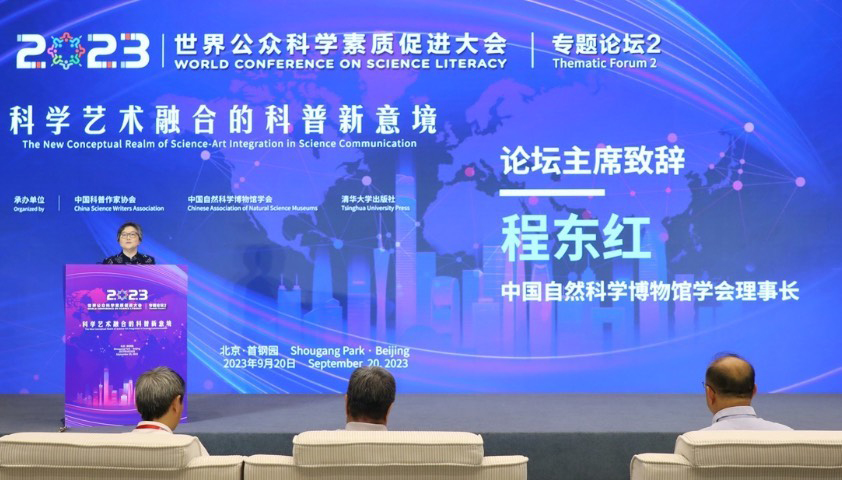 2023.9.22
2023.9.22 2023.8.8
2023.8.8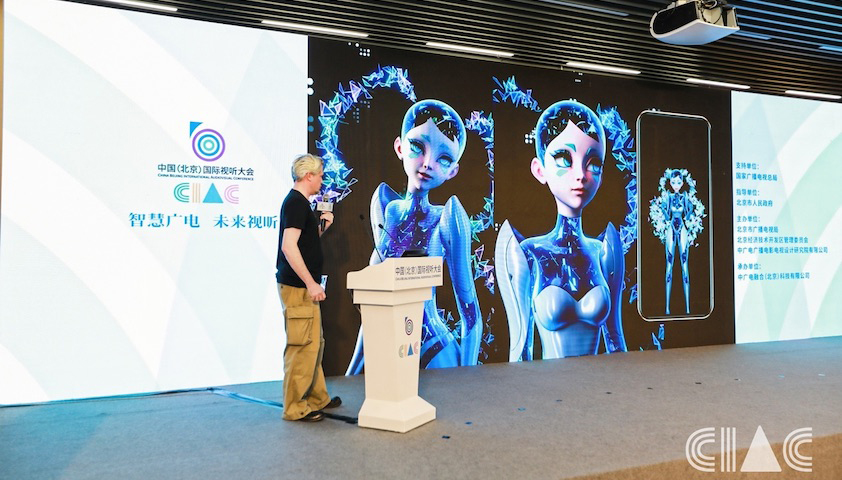 2023.08.04
2023.08.04 2023.6.30
2023.6.30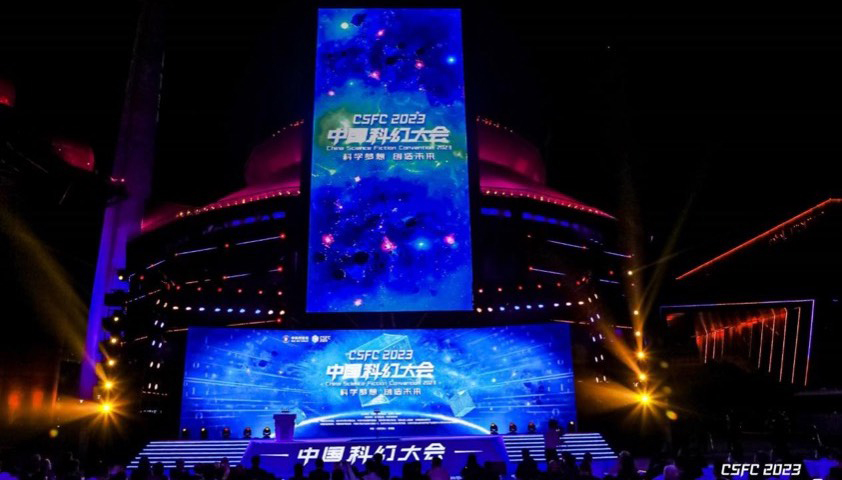 2023.05.30
2023.05.30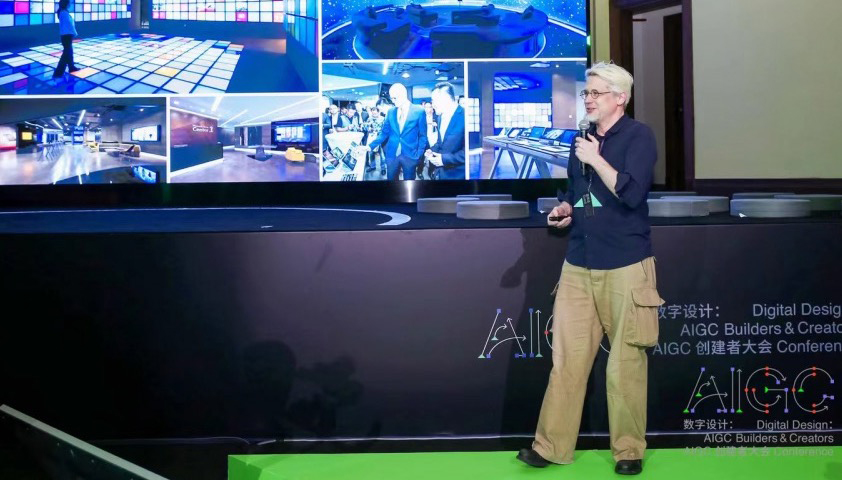 2023.05.07
2023.05.07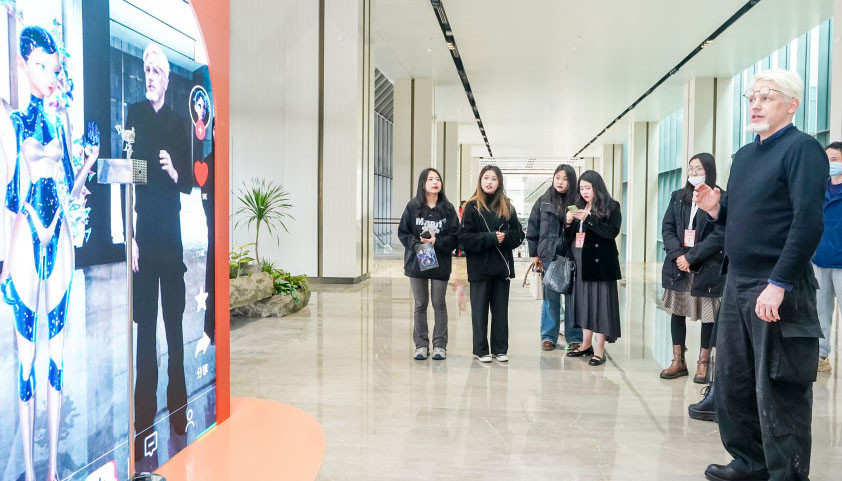 2023.4.03
2023.4.03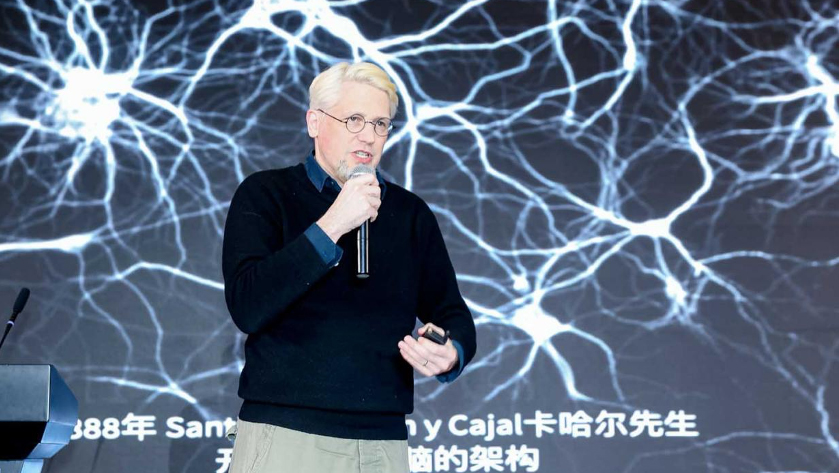 2023.3.7
2023.3.7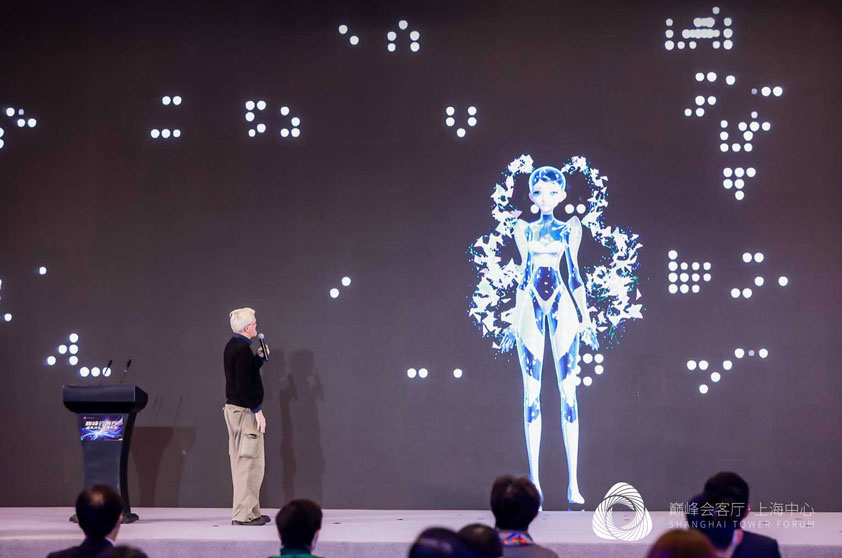 2022.12.16
2022.12.16 2022.7.1
2022.7.1 2022.5.16
2022.5.16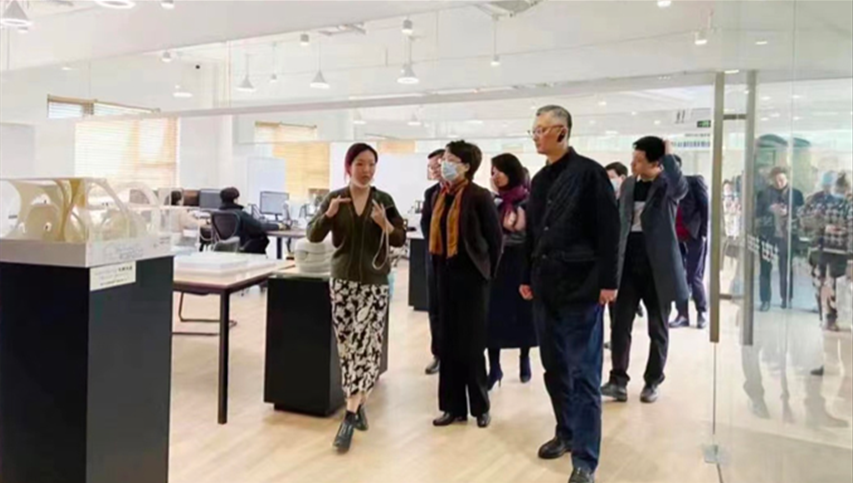 2022.3.2
2022.3.2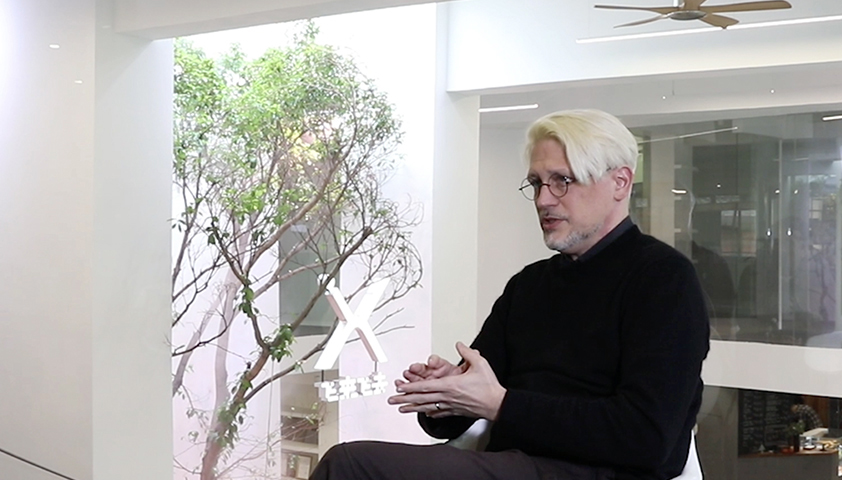 2022.2.25
2022.2.25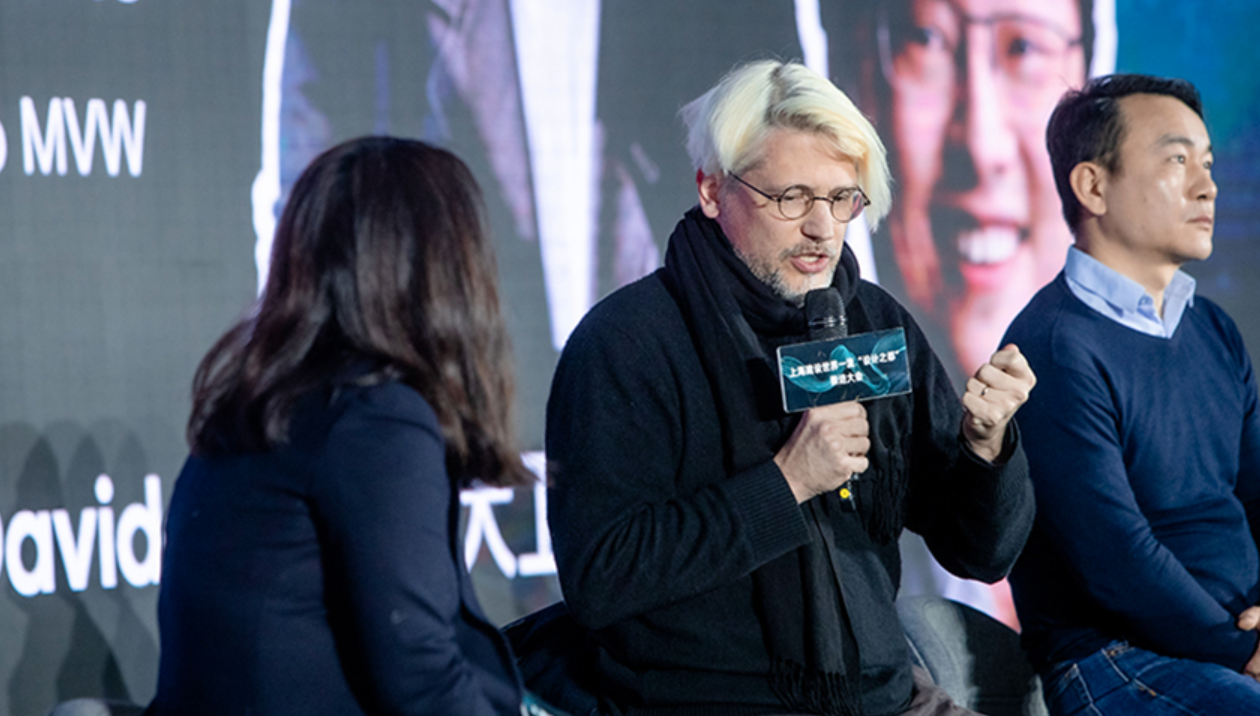 2022.2.17
2022.2.17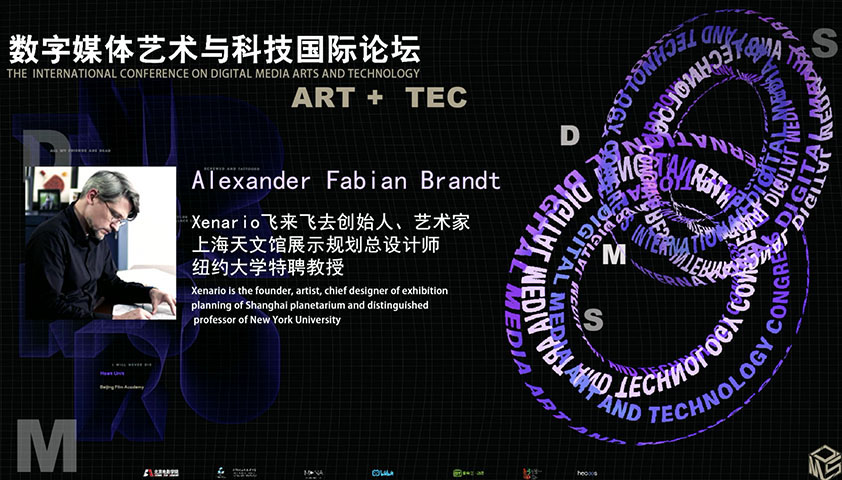 2021.12.19
2021.12.19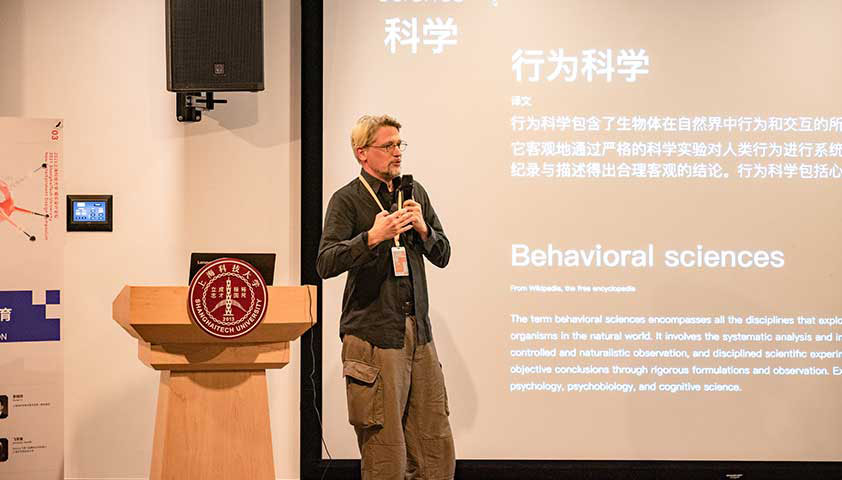 2021.11.13
2021.11.13 2021.12.4
2021.12.4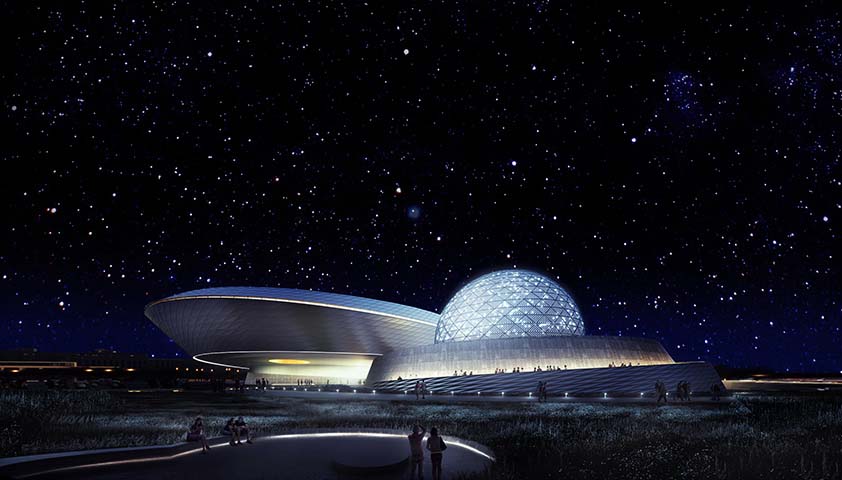 2021.10.23
2021.10.23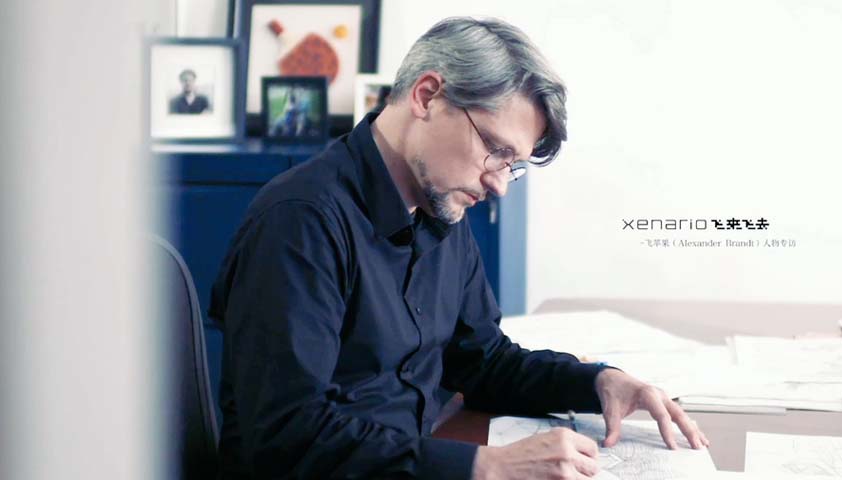 2021.10.18
2021.10.18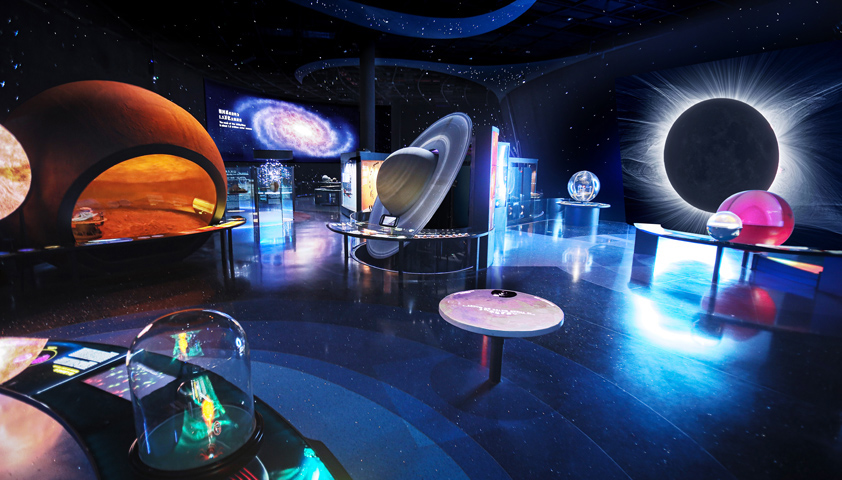 2021.7.17
2021.7.17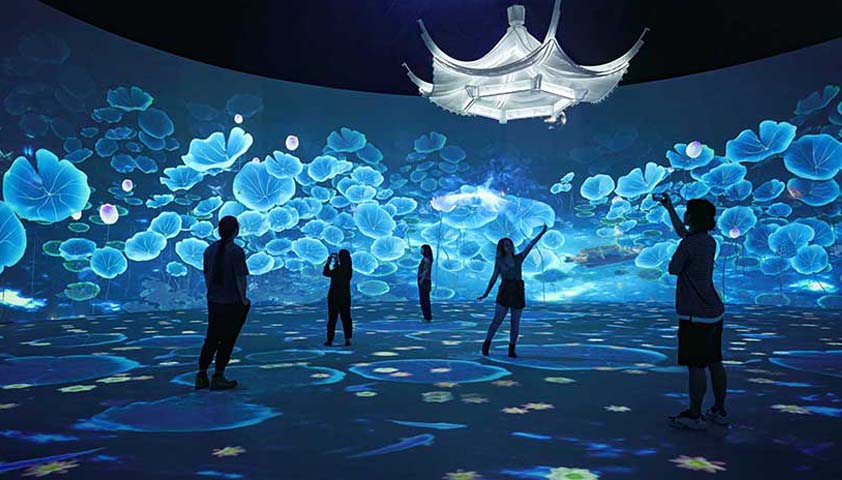 2021.6.16
2021.6.16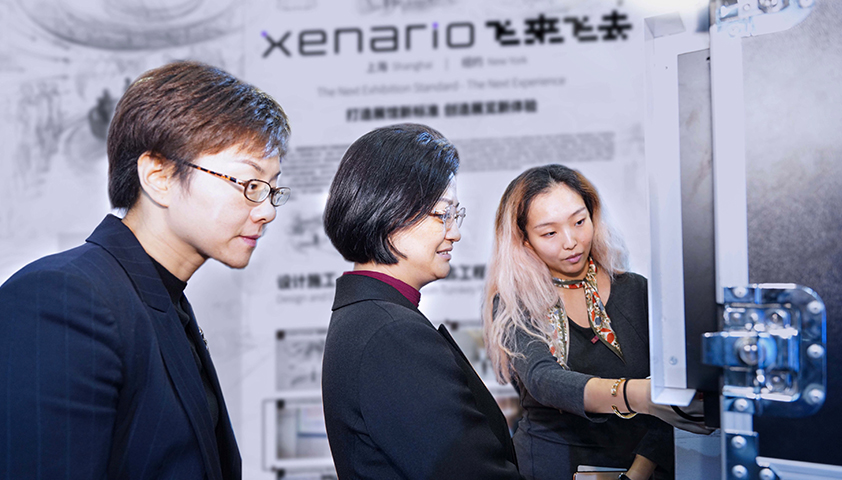 2020.11.19
2020.11.19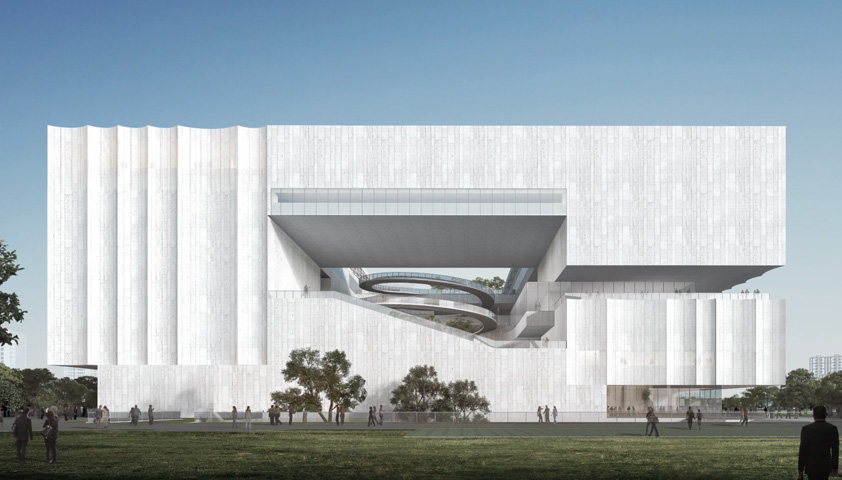 2020.8.31
2020.8.31 2020.10.10
2020.10.10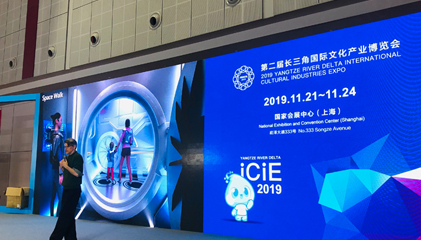 2019.11.21
2019.11.21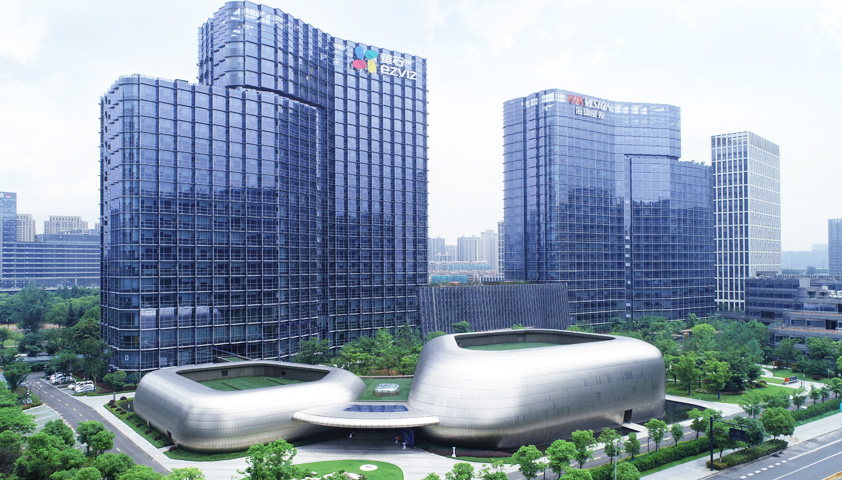 2020.5.16
2020.5.16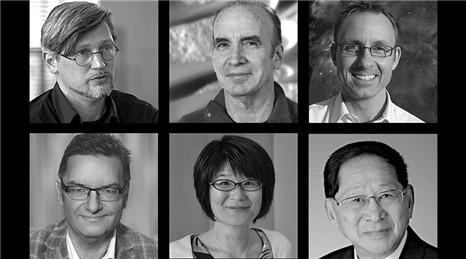 2018. 12. 22
2018. 12. 22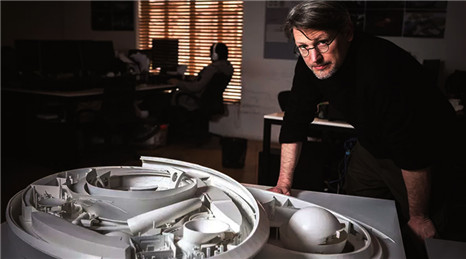 2019. 5. 28
2019. 5. 28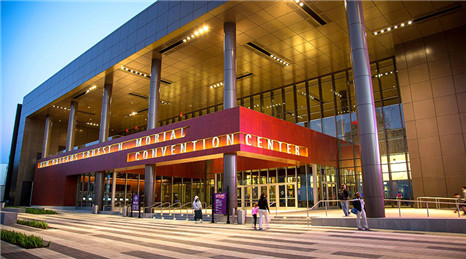 2019. 5. 20
2019. 5. 20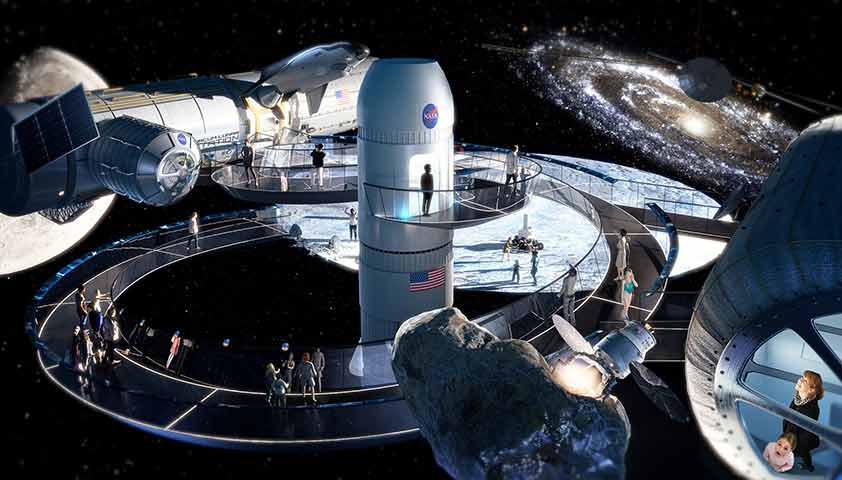 2018 . 12 . 13
2018 . 12 . 13 2018 . 11 . 28
2018 . 11 . 28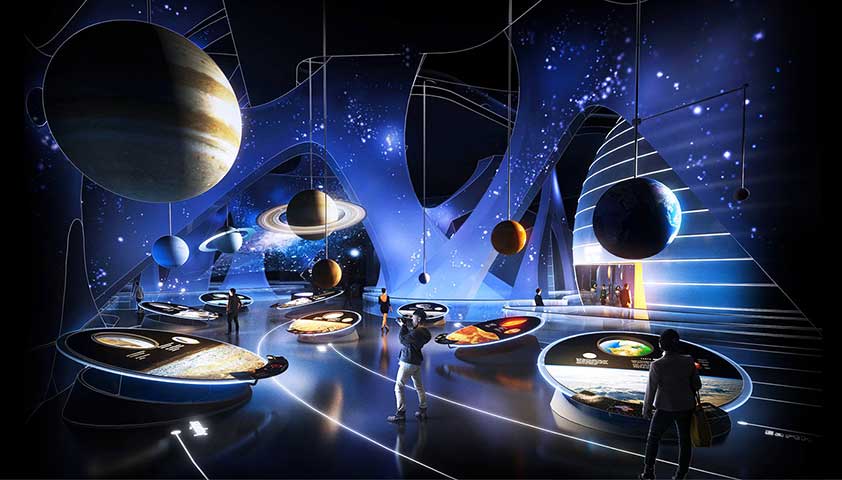 2018 . 9 . 20
2018 . 9 . 20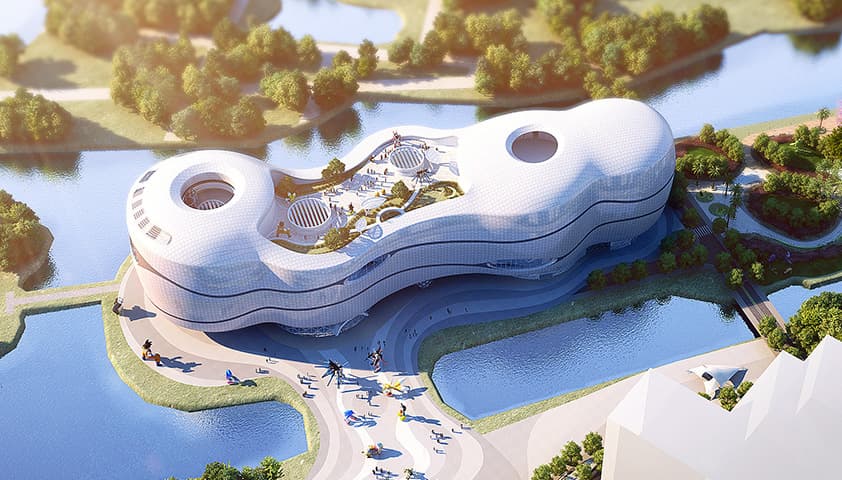 2018 . 06 . 10
2018 . 06 . 10 2018 . 04 . 08
2018 . 04 . 08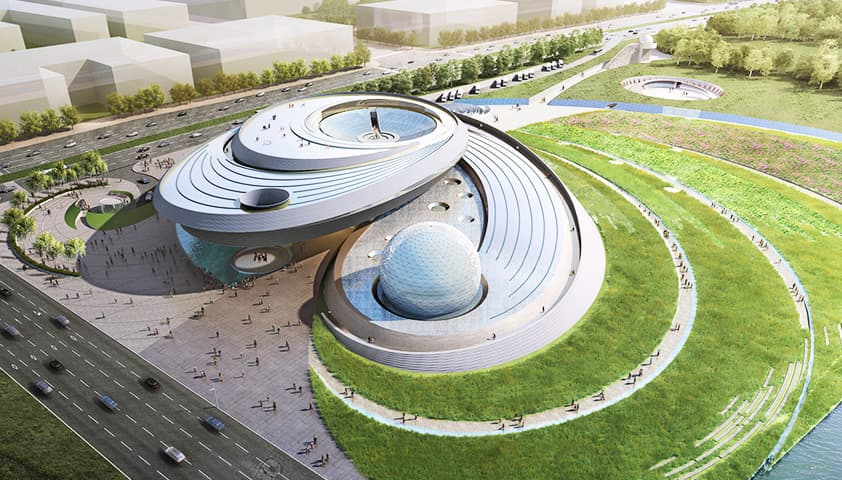 2017 . 10 . 20
2017 . 10 . 20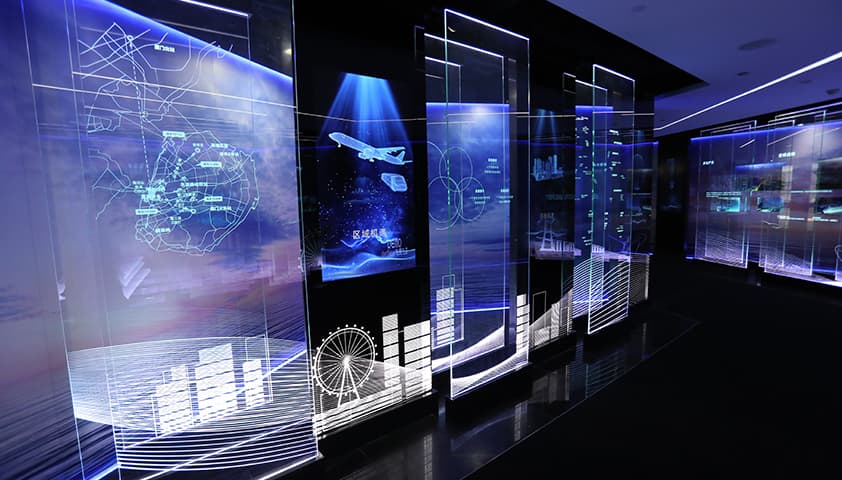 2017 . 09 . 30
2017 . 09 . 30 2017 . 08 . 29
2017 . 08 . 29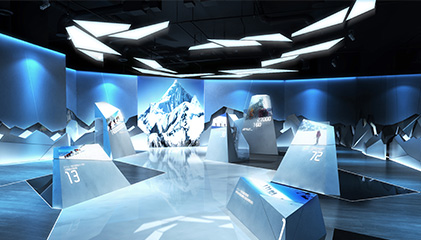 2016 . 05 . 31
2016 . 05 . 31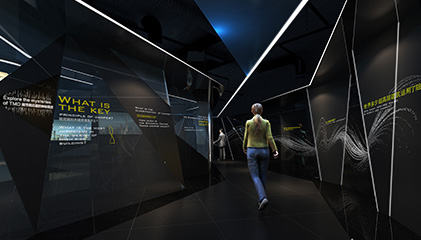 2016 . 03 . 20
2016 . 03 . 20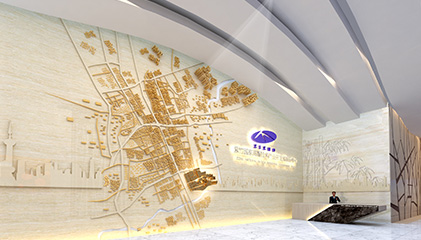 2015 . 11 . 12
2015 . 11 . 12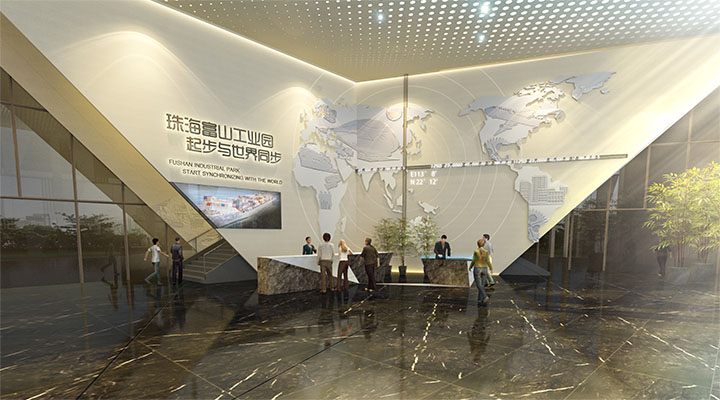 2015 . 09 . 25
2015 . 09 . 25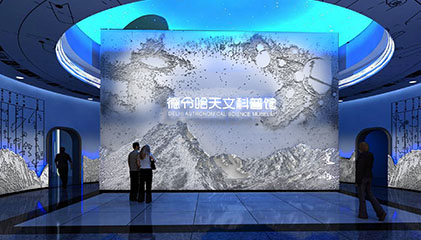 2015 . 03 . 15
2015 . 03 . 15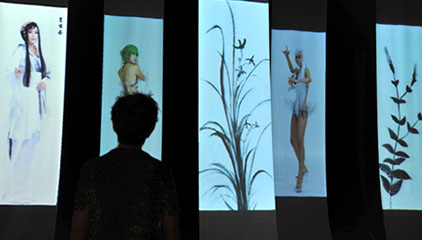 2011 . 05 . 22
2011 . 05 . 22 2011 . 04 . 12
2011 . 04 . 12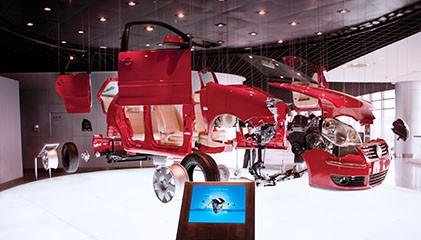 2010 . 05 . 22
2010 . 05 . 22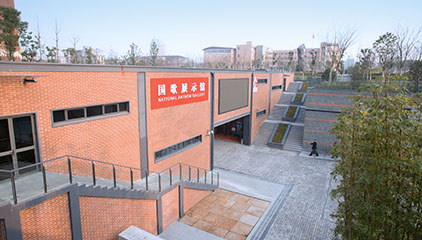 2009 . 10 . 11
2009 . 10 . 11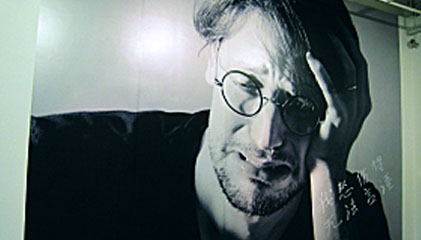 2009 . 07 . 25
2009 . 07 . 25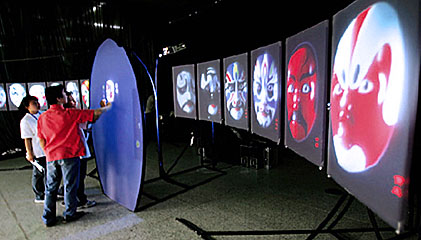 2007 . 05 . 09
2007 . 05 . 09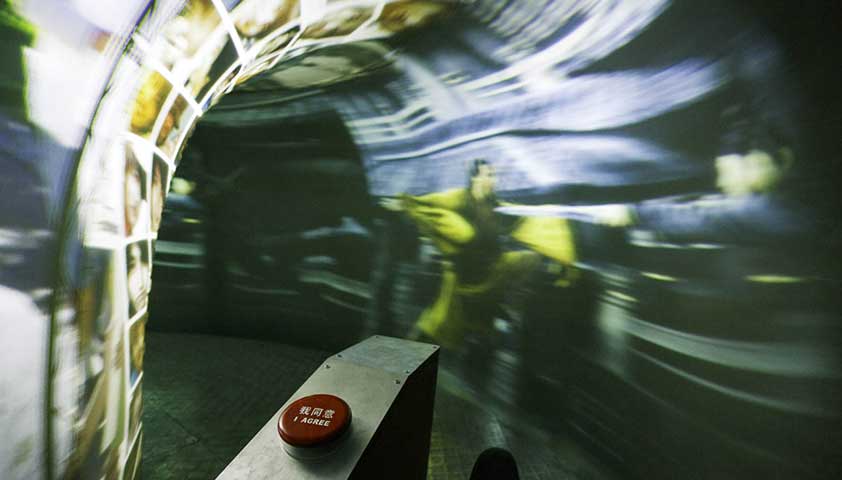 2007 . 03 . 28
2007 . 03 . 28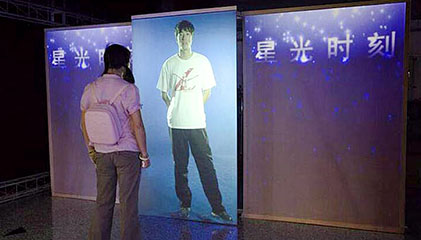 2006 . 05 . 28
2006 . 05 . 28 2006 . 05 . 20
2006 . 05 . 20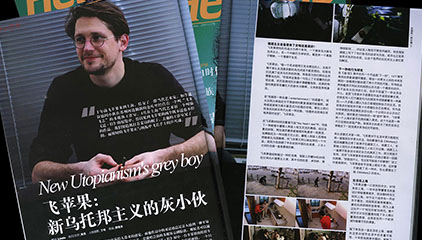 2005 . 10 . 19
2005 . 10 . 19


















